(-)-Epigallocatechin
Synonym(s):(−)-cis-2-(3,4,5-Trihydroxyphenyl)-3,4-dihydro-1(2H)-benzopyran-3,5,7-triol;(−)-cis-3,3′,4′,5,5′,7-Hexahydroxyflavane;(−)-Epigallocatechin
- CAS NO.:970-74-1
- Empirical Formula: C15H14O7
- Molecular Weight: 306.27
- MDL number: MFCD00075939
- EINECS: 619-254-4
- SAFETY DATA SHEET (SDS)
- Update Date: 2024-11-04 20:04:50
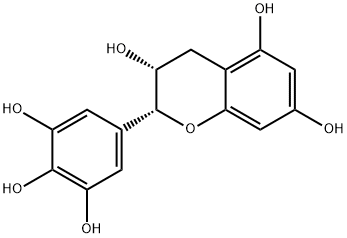
What is (-)-Epigallocatechin?
Chemical properties
white powder
The Uses of (-)-Epigallocatechin
antineoplastic
The Uses of (-)-Epigallocatechin
A natural constituent of green tea. It is an antioxidant and a potential cancer chemopreventive agent. An epimer of (-)-Gallocatechin (G188990).
The Uses of (-)-Epigallocatechin
A natural product from green tea that induces apoptosis
What are the applications of Application
(?)Epigallocatechin is a natural product from green tea shown to inhibit DNA polymerase
Definition
ChEBI: (-)-epigallocatechin is a flavan-3,3',4',5,5',7-hexol having (2R,3R)-configuration. It has a role as an antioxidant, a plant metabolite and a food component. It is a flavan-3,3',4',5,5',7-hexol and a catechin. It is an enantiomer of a (+)-epigallocatechin.
General Description
(?)-Epigallocatechin (EGC) belongs to the tea catechins group of polyphenols.
Biochem/physiol Actions
Green tea polyphenol. Anticancer agent. Lower antioxidant activity than EGCG.
Properties of (-)-Epigallocatechin
| Melting point: | 208-210°C |
| alpha | -50 º (c=0.04, EtOH) |
| Boiling point: | 685.6±55.0 °C(Predicted) |
| Density | 1.695±0.06 g/cm3(Predicted) |
| storage temp. | -20°C |
| solubility | Acetone (Slightly), DMSO (Slightly), Methanol (Slightly) |
| form | Solid |
| pka | 9.02±0.15(Predicted) |
| color | White to Light Beige |
| λmax | 278nm(MeOH)(lit.) |
| Stability: | Stable. Incompatible with strong oxidizing agents. |
| CAS DataBase Reference | 970-74-1(CAS DataBase Reference) |
Safety information for (-)-Epigallocatechin
| Signal word | Warning |
| Pictogram(s) |
 Exclamation Mark Irritant GHS07 |
| GHS Hazard Statements |
H302:Acute toxicity,oral H315:Skin corrosion/irritation H319:Serious eye damage/eye irritation H335:Specific target organ toxicity, single exposure;Respiratory tract irritation |
| Precautionary Statement Codes |
P261:Avoid breathing dust/fume/gas/mist/vapours/spray. P305+P351+P338:IF IN EYES: Rinse cautiously with water for several minutes. Remove contact lenses, if present and easy to do. Continuerinsing. |
Computed Descriptors for (-)-Epigallocatechin
| InChIKey | XMOCLSLCDHWDHP-IUODEOHRSA-N |
New Products
4-AMINO-TETRAHYDRO-PYRAN-4-CARBOXYLIC ACID HCL 4-(Dimethylamino)tetrahydro-2H-pyran-4-carbonitrile 4-Aminotetrahydropyran-4-carbonitrile Hydrochloride (R)-3-Aminobutanenitrile Hydrochloride 3-((Dimethylamino)methyl)-5-methylhexan-2-one oxalate 1,4-Dioxa-8-azaspiro[4.5]decane 5-Bromo-2-nitropyridine Nimesulide BP Aceclofenac IP/BP/EP Diclofenac Sodium IP/BP/EP/USP Mefenamic Acid IP/BP/EP/USP Ornidazole IP Diclofenac Potassium THOMAIND PAPER PH 2.0 TO 4.5 1 BOX BUFFER CAPSULE PH 9.2 - 10 CAP SODIUM CHLORIDE 0.1N CVS ALLOXAN MONOHYDRATE 98% PLATINUM 0.5% ON 3 MM ALUMINA PELLETS (TYPE 73) LITHIUM AAS SOLUTION 2-Bromo-1-(bromomethyl)-3-chloro-5-nitrobenzene 2-Bromo-3-nitroaniline N-(3-Hydroxypropyl)-N-methylacetamide 3-Bromo-6-chloropyridazine 4-ethyl-3-nitrobenzoic acidRelated products of tetrahydrofuran
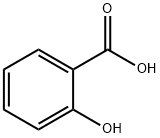
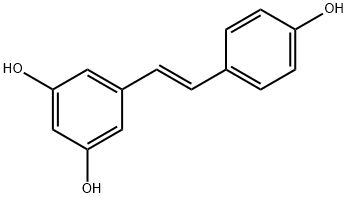
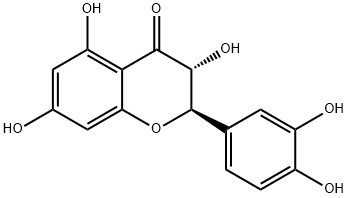


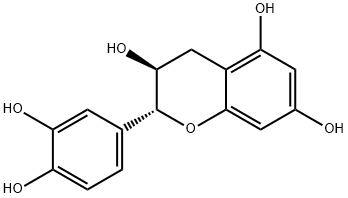
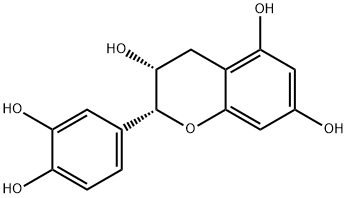

You may like
-
 (-)-Epigallocatechin CAS 970-74-1View Details
(-)-Epigallocatechin CAS 970-74-1View Details
970-74-1 -
 (−)-Epigallocatechin CAS 970-74-1View Details
(−)-Epigallocatechin CAS 970-74-1View Details
970-74-1 -
 Epigallocatechin CAS 970-74-1View Details
Epigallocatechin CAS 970-74-1View Details
970-74-1 -
 1823368-42-8 98%View Details
1823368-42-8 98%View Details
1823368-42-8 -
 2-(3-(tert-butyl)phenoxy)-2-methylpropanoic acid 1307449-08-6 98%View Details
2-(3-(tert-butyl)phenoxy)-2-methylpropanoic acid 1307449-08-6 98%View Details
1307449-08-6 -
 Ethyl 3-(furan-2-yl)-3-hydroxypropanoate 25408-95-1 98%View Details
Ethyl 3-(furan-2-yl)-3-hydroxypropanoate 25408-95-1 98%View Details
25408-95-1 -
 2-Chloro-5-fluoro-1-methoxy-3-methylbenzene 98%View Details
2-Chloro-5-fluoro-1-methoxy-3-methylbenzene 98%View Details
1805639-70-6 -
 Lithium ClavulanateView Details
Lithium ClavulanateView Details
61177-44-4